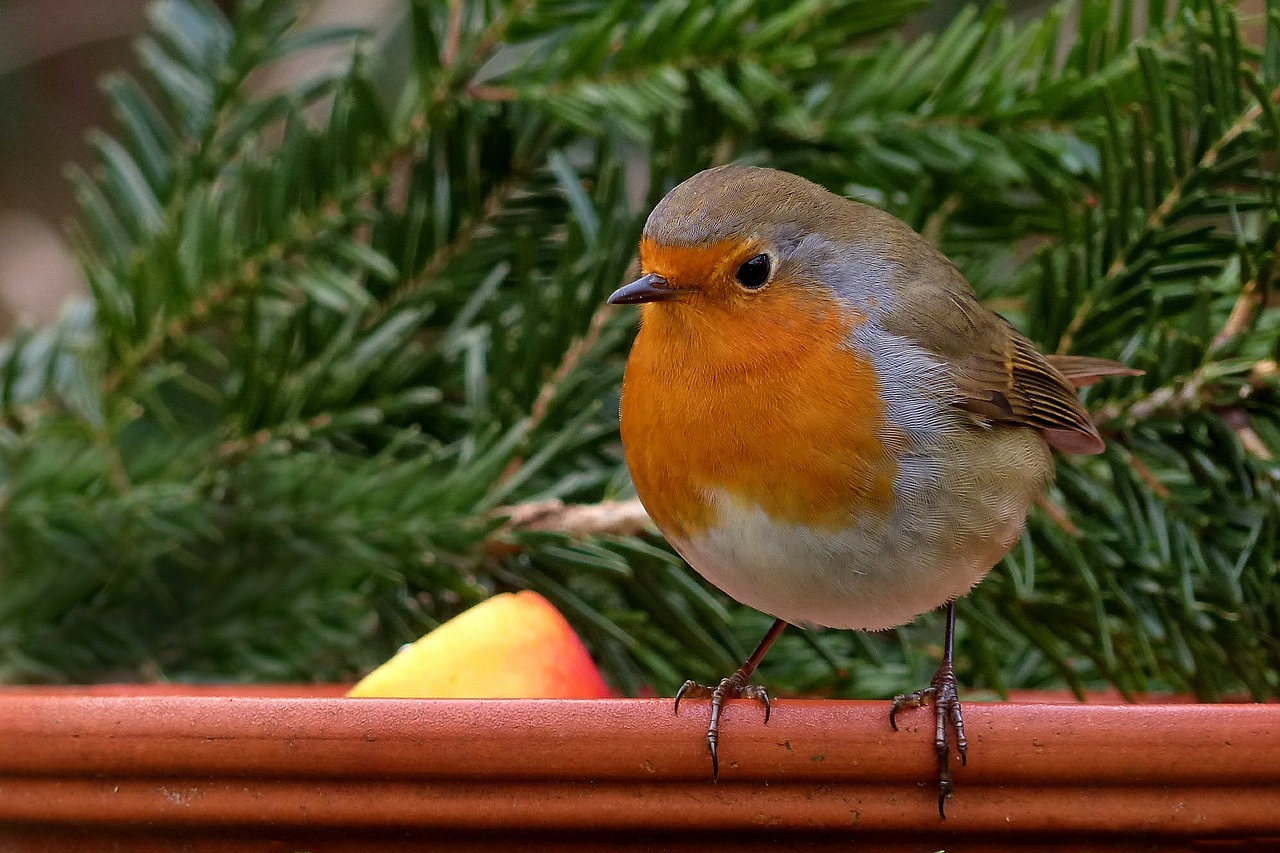Scientific classification: All birds belong to the class Aves, which is subdivided into 27 orders.
Introduction
A songbird is a bird belonging to the clade Passeri of the perching birds (Passeriformes). Another name that is sometimes seen as scientific or vernacular name is Oscines, from Latin oscen, ” songbirds“. This group contains some 4,000 species found all over the world, in which the vocal organ typically is developed in such a way as to produce a diverse and elaboratebird song.
Physical Description
The song in this clade is essentially territorial in that it communicates the identity and whereabouts of an individual to other birds and also signals sexual intentions. Sexual selection among songbirds is highly based on mimetic vocalization. Female preference has shown in some populations to be based on the extent of a male’s song repertoire. The larger a male’s repertoire, the more females a male individual attracts. It is not to be confused with bird calls which are used for alarms and contact and are especially important in birds that feed or migrate in flocks. While almost all living birds give calls of some sort, well-developed songs are only given by a few lineages outside the songbirds.
Classification of song bird
Sibley and Alquist divided songbirds into two, Corvida and Passerida (standard taxonomic practice would rank these as infraorders). Subsequent molecular studies, however, show this treatment to be somewhat erroneous. Passerida is a broad lineage, including over one third of all bird species (3885 Passerida species in 2015). These are divided into three major superfamilies (though not exactly corresponding to the Sibley-Ahlquist arrangement), in addition to some minor lineages. In contrast, Sibley & Alquist’s “Corvida” is a phylogenetic grade, and an artefact of the phenetic methodology. The bulk of these form the large superfamily Corvoidea (812 species in 2015), which is a sister group to the Passerida. The remaining 15 suboscine families (343 species in 2015) form a series of basally branching sister groups to the Corvoid-Passerid clade. All of these groups, which form at least six successively branching basal clades, are found exclusively or predominantly in Australasia. Australian endemics are also prominent among basal lineages in both Corvoids and Passerids, suggesting that songbirds originated and diverged in Australia.
Conservation
The protection of the earth’s birds will require more than a single strategy. Many endangered birds need a combination of legal protections, habitat management, and control of predators and competitors. Ultimately, humans must decide that the bird’s world is worth preserving along with our own.

